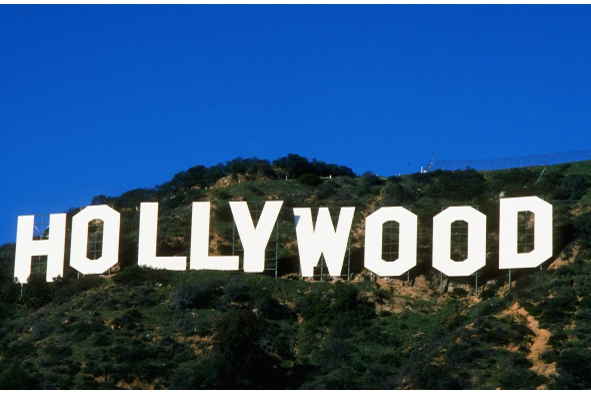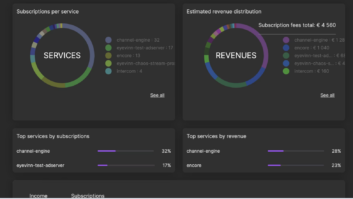
Huge changes are taking place in the media and entertainment (M&E) industry, and this year the impact of the digital revolution has been even more evident. Motion picture is evolving; moving from 2K to 4K, with even 8K broadcast debuting in Japan. Meanwhile there’s an increased focus on HDR to achieve better pixels, and a transition toward a direct-to-consumer future that is radically changing media workflows and content production. Amid all this, there are four major changes we can expect in the industry next year.
The first is that software defined storage is finally reaching media and entertainment. Despite its benefits for broadcasters, the M&E industry has been much slower than other industries to harness the Software Defined Storage movement. It provides the flexibility of being able to balance costs while meeting performance demands. Mind you, not all M&E workflows need high performance storage. Agility is the factor that is so critical. At different points of the workflow different solutions are needed, and they all have dramatically different budgeting structures, ranging from a weekly cycle to traditional, locked CAPEX models.
The second is that workflows are moving to the cloud. The two key workloads that have already seen a major transition to the cloud are disaster recovery (DR) and visual effects and rendering– DR is likely the easiest of the two, but the cloud offers an easy solution for geo and data replication. For FX and rendering on the other hand, the cloud has opened a possibility to take advantage of limitless resources that no on-premise rendering farm could ever supply. The math is simple – you could have one computer working for 100 hours, or at the click of a finger, 100 computers working for one hour. Furthermore, everything ahead for the industry points to change, for example, greater resolutions, more pixels, higher frame rates. It’s improbable to think you can build in the traditional way of large sunk cost, until things settle down. Hollywood is realising that cloud is actually very similar to how their productions have always worked. They don’t necessarily own their own cameras, so why do they need to own their data centre.
Another is the rise of semantic web ontology. With all their promises, the cloud, new formats and new technologies all come with many challenges. Perhaps one of the biggest limitations for cloud is the lack of a semantic web ontology that could make clouds interoperable and would be able to support the integration of various component building blocks. Currently, there’s a huge amount of suites and tools available but they all have different data and metadata placed for asset management whether that’s technical, descriptive or transactional knowledge. There’s no consistency or search ability and there’s a lack of clear guidelines and standards for media lifecycles and workflows. Semantic web ontology would allow users to find the needle in the haystack within the massive volumes of data and help create relationships between content data points.
A final key trend is that the role of AI is changing. Artificial Intelligence and Machine Learning are growing rapidly, and the technology is becoming part of our daily lives. If you used a search engine today, your behaviour around the search results was monitored and processed to give you better results the next time you use it. This is done by automated, ever-improving algorithms, or AI.
Now here’s the Hollywood twist. Hollywood is not made up of computer scientists, and workflows have remained more or less the same for decades. But before starting to change the industry inside out Media and Entertainment still need to understand that AI can bring huge value and opportunity. Here is one such example: meta-tagging and identifying assets in film material. Believe it or not, this is still a manual process where someone sits and watches rolls of film to classify them. Artificial Intelligence can bring in object recognition, facial tagging, and metatagging for any element from seasons to colours.
What’s crucial is that the film industry is far behind in terms of AI and big data – unlike popular streaming services, the industry does not make the most of the data on how long their viewers watch or when they drop off. The film industry has yet to tap into the potential of creating content adjustment based on user activity and engagement. Figuring out how to gather this data, and take advantage of it, is clearly the next step ahead.
By Erik Weaver, global director of M&E Market Development, Western Digital Corporation






